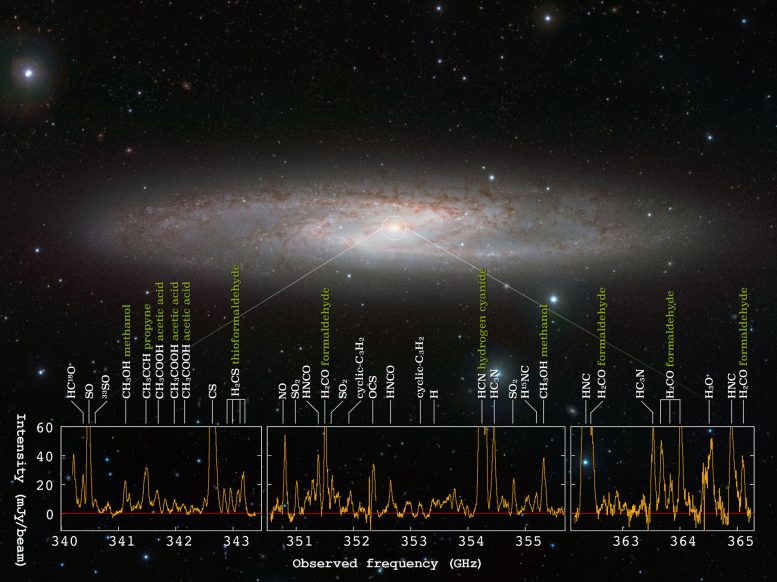
The starburst galaxy NGC 253 and the radio spectra obtained with ALMA. ALMA detected radio signals from 19 different molecules at the center of this galaxy. Credit: ESO/J. Emerson/VISTA, ALMA (ESO/NAOJ/NRAO), Ando et al. Acknowledgment: Cambridge Astronomical Survey Unit
Astronomers found a rich molecular reservoir in the heart of an active star-forming galaxy with the Atacama Large Millimeter/submillimeter Array (ALMA). Among eight clouds identified at the center of the galaxy NGC 253, one exhibits very complex chemical composition, while in the other clouds many signals are missing. This chemical richness and diversity shed light on the nature of the baby boom galaxy.
Ryo Ando, a graduate student of the University of Tokyo, and his colleagues observed the galaxy NGC 253 and for the first time, they resolved the locations of star formation in this galaxy down to the scale of a molecular cloud, which is a star formation site with a size of about 30 light-years. As a result, they identified eight massive, dusty clouds aligned along the center of the galaxy.
“With its unprecedented resolution and sensitivity, ALMA showed us the detailed structure of the clouds,” said Ando, the lead author of the research paper published in the Astrophysical Journal. “To my surprise, the gas clouds have a strong chemical individuality despite their similarity in size and mass.”
Different molecules emit radio waves at different frequencies. Using this feature, the team investigated the chemical composition of the distant clouds by analyzing the radio signals precisely. They identified signals from various molecules including formaldehyde (H2CO), hydrogen cyanide (HCN), and many organic molecules.
One of the clouds stood out with its extremely rich chemical composition. The team identified footprints of 19 different molecules in the cloud, such as thioformaldehyde (H2CS), propyne (CH3CCH), and complex organic molecules including methanol (CH3OH) and acetic acid (CH3COOH). “The data are filled with the signals of various molecules,” said Ando. “It is like a forest of molecules.”
Many “molecular forests” have been found in our Milky Way Galaxy, but this is the first example outside the Milky Way. Researchers assume that the molecular jungle is an aggregate of dense and warm cocoons around bright baby stars. The cocoon gas is heated from inside by hundreds of young stars and a myriad of chemical reactions is driven to form various molecules.
Interestingly, the number of chemical signals is different in different clouds. For example, another cloud among the eight has a very sparse chemical composition, even though it is located within dozens of light-years of the chemically rich cloud. Such a diverse nature of star-forming clouds has never been seen before and could be a key to understanding the starburst process in this galaxy.
NGC 253 is a prototypical active star-forming galaxy, or starburst galaxy. It is located 11 million light-years away in the constellation Sculptor. Starburst, or baby boom, galaxies have been the major drivers of star formation and galaxy evolution throughout the whole history of the Universe. Therefore it is crucial to understand what exactly is going on in the heart of such galaxies.
Reference: “Diverse nuclear star-forming activities in the heart of NGC 253 resolved with ten-pc scale ALMA images” by Ryo Ando, Kouichiro Nakanishi, Kotaro Kohno, Takuma Izumi, Sergio Martín, Nanase Harada, Shuro Takano, Nario Kuno, Naomasa Nakai, Hajime Sugai, Kazuo Sorai, Tomoka Tosaki, Kazuya Matsubayashi, Taku Nakajima, Yuri Nishimura and Yoichi Tamura, 6 November 2017, The Astrophysical Journal.
DOI: 10.3847/1538-4357/aa8fd4
PDF

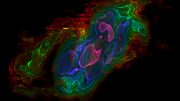
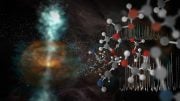
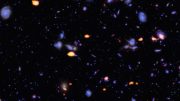
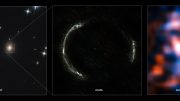
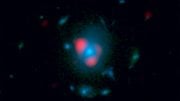
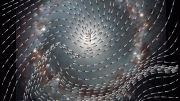
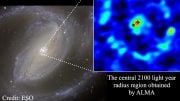
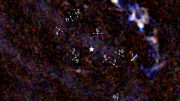
Be the first to comment on "ALMA Reveals Diverse Nuclear Star-Forming Activities in NGC 253"